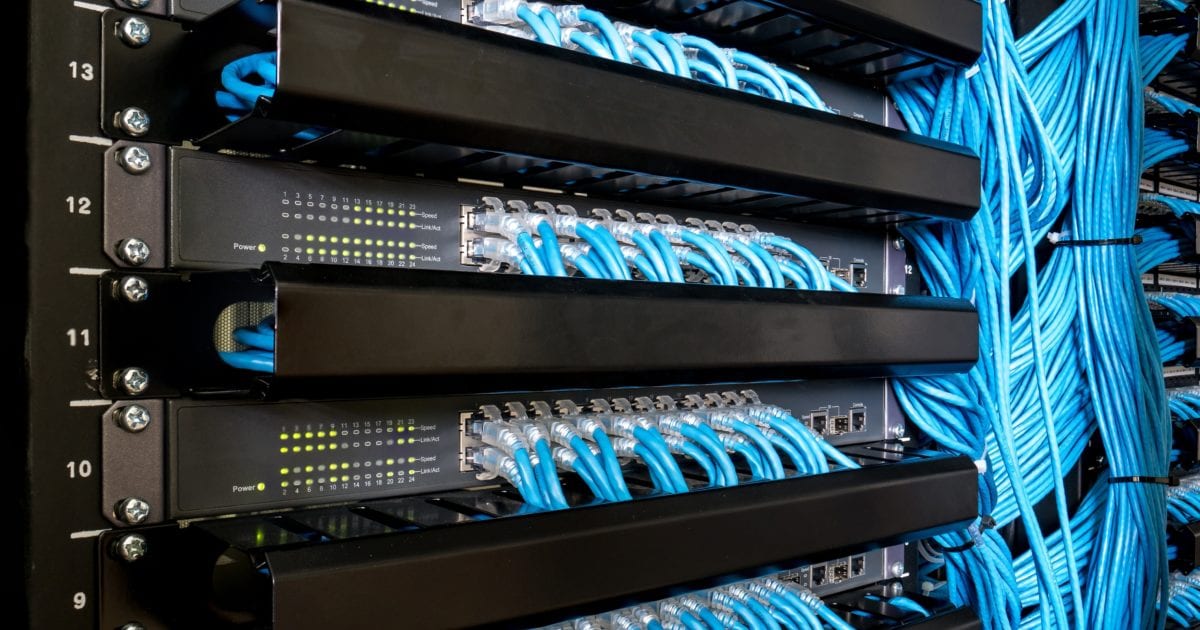(864) 249-0943
(864) 249-0943

June 5, 2017
As technology has developed, data centers have been able to save money on real estate—more processing power can now fit into less space. But at the same time that companies are reducing costs for leases and building maintenance, they’re experiencing rising costs from significantly higher power demands and the need to reduce the extra heat being generated.
Fortunately, there are things you can do to lower your energy consumption, saving thousands (even tens of thousands) of dollars each year. Here are the top five.
According to research by Jonathan Koomey, Research Fellow at Stanford University, 30% of servers haven’t been used within six months. An earlier study by the consulting firm McKinsey & Company found that, on average, data centers were using only 6-12% of the electricity powering their servers to perform computations, while the rest was used primarily to keep servers idling and ready.
Consolidating servers will not only reduce energy costs but also hardware and support costs. You can consolidate in a few different ways (or combinations of ways):
CPUs use a lot of energy. And although energy-efficient chipsets and dual- or quad-core technologies are helping reduce that amount, you can reduce your CPU’s energy consumption further by using a power-management feature. If your CPU utilization fluctuates, the power-management feature will minimize wasted energy by automatically reducing processor power states when peak performance isn’t required.
While not all CPUs have this feature, many do. If yours doesn’t, you may want to consider investing in a CPU that has this feature when the time comes to purchase a new one.
Most modern IT equipment takes in cold air through the front and exhausts hot air out of the back. By placing servers in rows with the front of the servers all facing the same direction, the airflow will efficiently flow the same direction throughout the rows of racks. However, this layout poses a problem, because the hot exhaust air from the first row of racks will get sucked into the cool air intakes of the second row of racks. And with each progressive row, the air temperature will increase as hot air is passed from one row of servers to the next.
To fix this problem, use a hot aisle/cold aisle layout, where the rows of server racks are arranged so that the fronts of the servers face each other and the backs of the servers face each other. This type of layout will not only decrease energy costs, but will also increase the life of your servers. (Note that perforated doors are essential for hot aisle/cold aisle implementation. Plexiglas or glass won’t allow for adequate ventilation.)
A long–term monitoring study by the Uptime Institute concluded that only 60% of the cool air being pumped into the data center was cooling equipment. It also found that 10% of the data centers had hot spots. Modern high–density server racks demand 20 kW to 30 kW of power per rack versus the 2 kW per rack of the technology of just a few years ago, resulting in 10+ times the amount of heat per square foot. Airflow management devices can help significantly.
Take advantage of airflow management devices and make sure you’re using them to their full potential. Here are several devices that will help.
CRAC (computer room air conditioning) unit fans use a lot power, accounting for 5% to 10% of a data center’s total energy use. Because data center server loads fluctuate, the amount of cooling power needed also fluctuates. Variable speed fan drives will let you use only the amount of cooling power that you need, when you need it.
A reduction of 10% in fan speed reduces that fan’s use of electricity by approximately 25%. A 20% speed reduction will translate to an electrical savings of roughly 45%.
These five steps will go a long way toward lowering your data center’s energy costs, but there are many other ways to be more energy efficient. Energystar.gov has some excellent resources that IT professionals, facility managers, energy managers, and sustainability coordinators can use to reduce costs even further. Check them out.
If you want to learn about the energy-efficient data center equipment we have available, we’re happy to talk with you. Just give us a call at 864-408-8889!

Our business is buying, selling and decommissioning but our foundation is people.
You are first. Always. We seek to serve you with integrity, honesty, and the utmost customer service.
Our approach is different. Relationship over transaction. We are committed to embracing the challenge until we have the best solution for you.
WE ARE LEL.